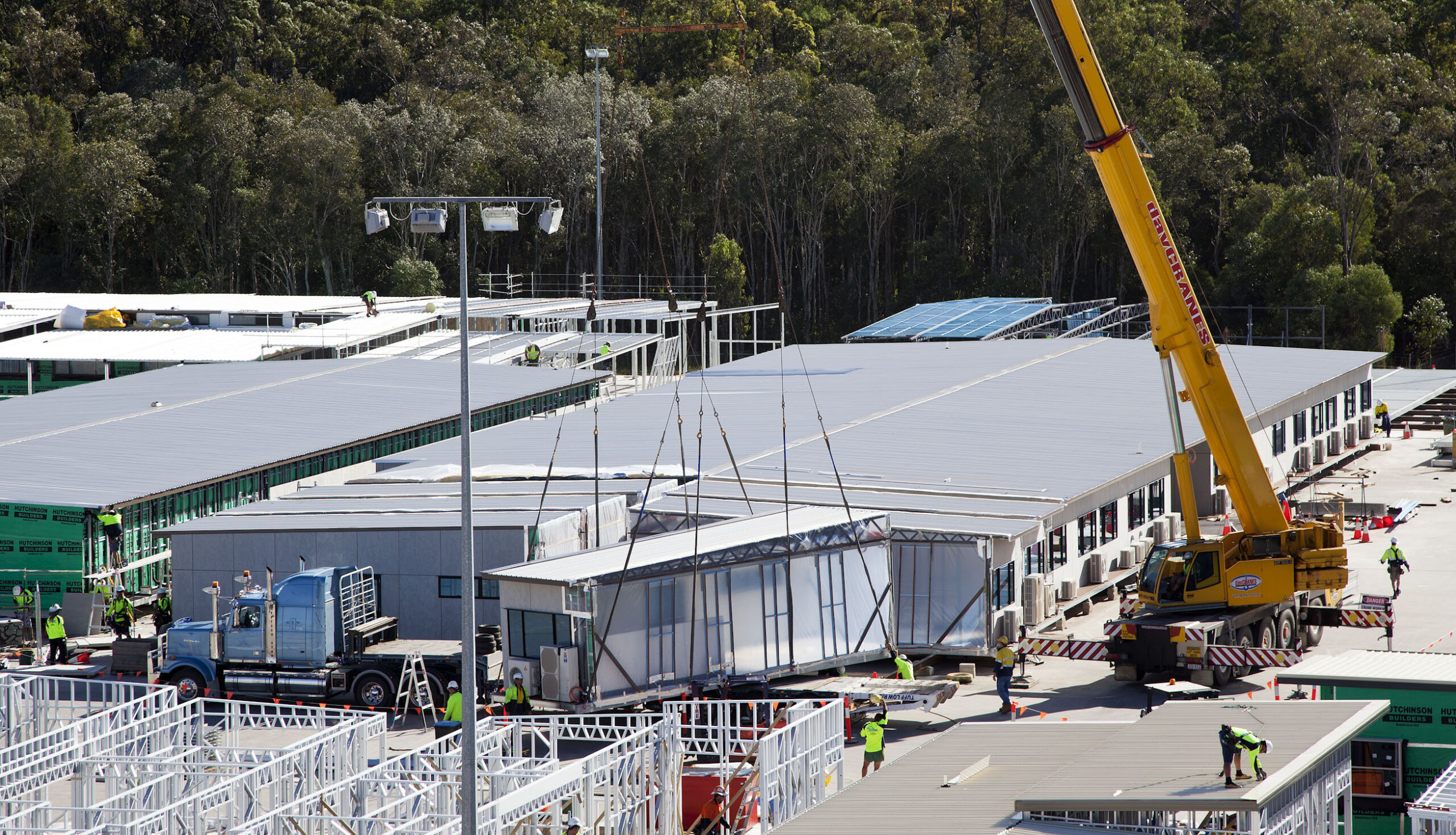
1.29 Strategies and Solutions for Housing Sustainability

Project Number
1.29Round
Round 2Date
1 October 2015 - 31 March 2017Research Team

Project Manager
Dr Charlie Hargroves
BE (Civil), PhD
Curtin University
charlie.hargroves@curtin.edu.au

Project Leader
Dr Wendy Miller
Senior Research Fellow
Queensland University of Technology
w2.miller@qut.edu.au
Documents for Downloading
Housing is more than human shelter – it is a significant national and family asset, requires considerable upfront and ongoing capital, contributes to national carbon emissions, impacts on physical health and wellbeing, and reflects social and cultural identity.
The housing supply chain, from valuation and financing to design and construction to inhabitation, needs to quickly respond to the increasing stringency and scope of building regulations as well as rising energy costs, affordability, and the ability of housing to provide healthy and safe retreats in extreme weather events. This project will develop and test methodologies and frameworks that will provide guidance to housing supply agents to effectively implement the changes required by regulation and society expectations and improve sector productivity. It will consist of two sub-projects. Stream A focuses on the housing sector and related infrastructure as a whole and will address building information systems and property valuation. Stream B focuses on housing construction specifically and will evaluate the opportunities and benefits of manufactured housing as an alternative to traditional ‘stick-build’ industry approaches. The two projects to be carried out by QUT and Curtin (CUSP) will be conducted in parallel, working towards mutual goals of improving the social, economic and environmental sustainability of the housing market. The outputs and findings will be used to better understand and convey value to various stakeholders in the housing market. On the other hand, the projects are sufficiently different to justify the two universities specialising in their individual tasks.
The project to be carried out at QUT will be conducted by Dr Wendy Miller. Collaborative research/industry working groups will be established to discuss and ‘workshop’ how various sectors (e.g. finance, insurance, property development, valuations, manufacturers, sales) can contribute to the value proposition for sustainable housing. Perceived higher costs are a common reason provided by the housing industry as a barrier to implementation, yet these costs are seldom independently verified, and appear to be based predominantly on upfront construction costs and existing housing construction practices. However the cost of housing also includes finance rates, mortgage options and housing insurance, as well as long term operational costs. A fuller upfront and life cycle costing model is needed to clearly identify all costs and attribute value in order to promote sustainable and affordable housing. The workshops and forums will explore a number of strategies for contributing to a more accurate life cycle costing method, including the potential role that building information systems can play to optimise long term value for all stakeholders over the life of the dwellings. This research will deliver 6 monthly reports on the processes and outcomes of industry working groups. These reports may be utilised for policy submissions, industry dissemination and research publications.
The research to be carried out at Curtin University Sustainability Policy Institute (CUSP) will be conducted by a PhD student with the support of Dr Roman Trubka and Professor Peter Newman and will focus on quantifying the benefits of manufactured housing in terms of economic viability, quality and environmental performance. The market acceptance of this form of housing provision will be examined to better understand its key advantages and disadvantages to solving a number of housing-related issues, including high construction costs, high levels of waste and construction defects, and issues related to housing shortages. The research will provide a number of papers and reports to provide quantitative evidence for the implications of the two alternative construction methods (i.e. traditional versus prefabrication) as well as hybrid methods that may be preferable in some circumstances. Quantitative methods will be supplemented by interviews and engagement with private sector and public sector stakeholders to ensure the research is providing valued outputs and solutions to pertinent existing housing issues and foreseeable future challenges.











